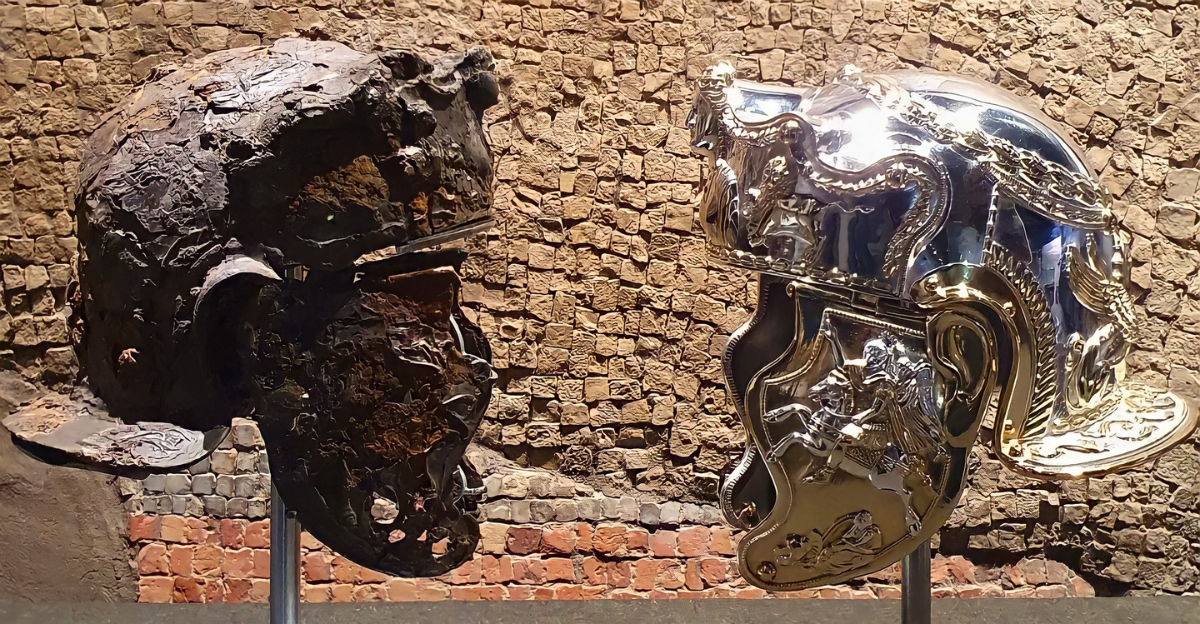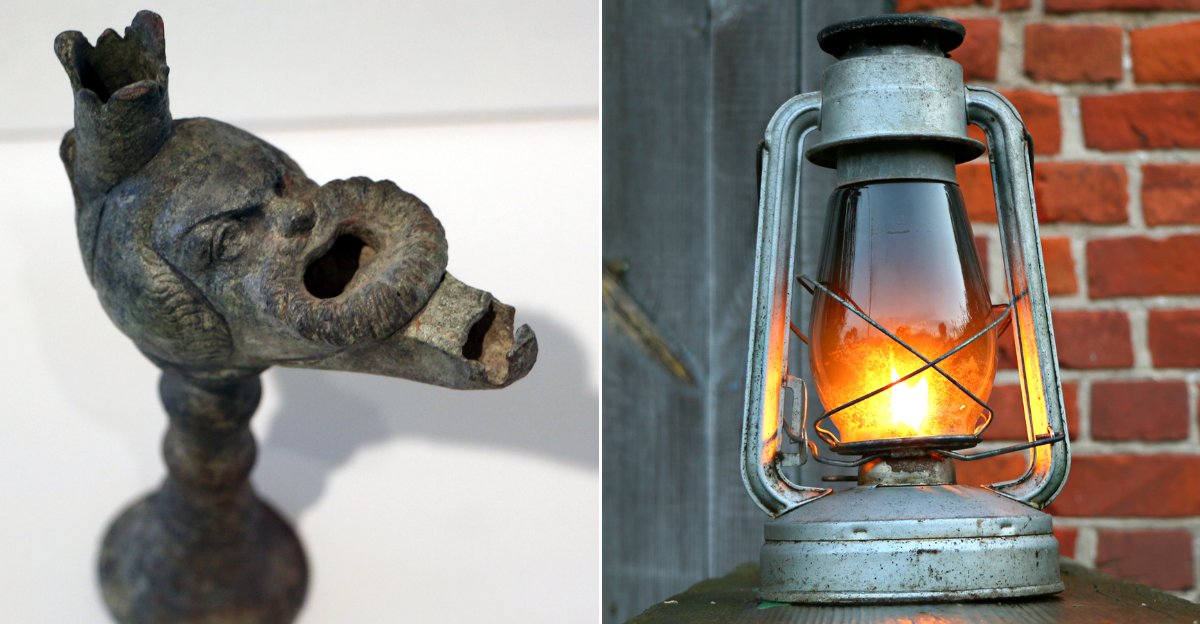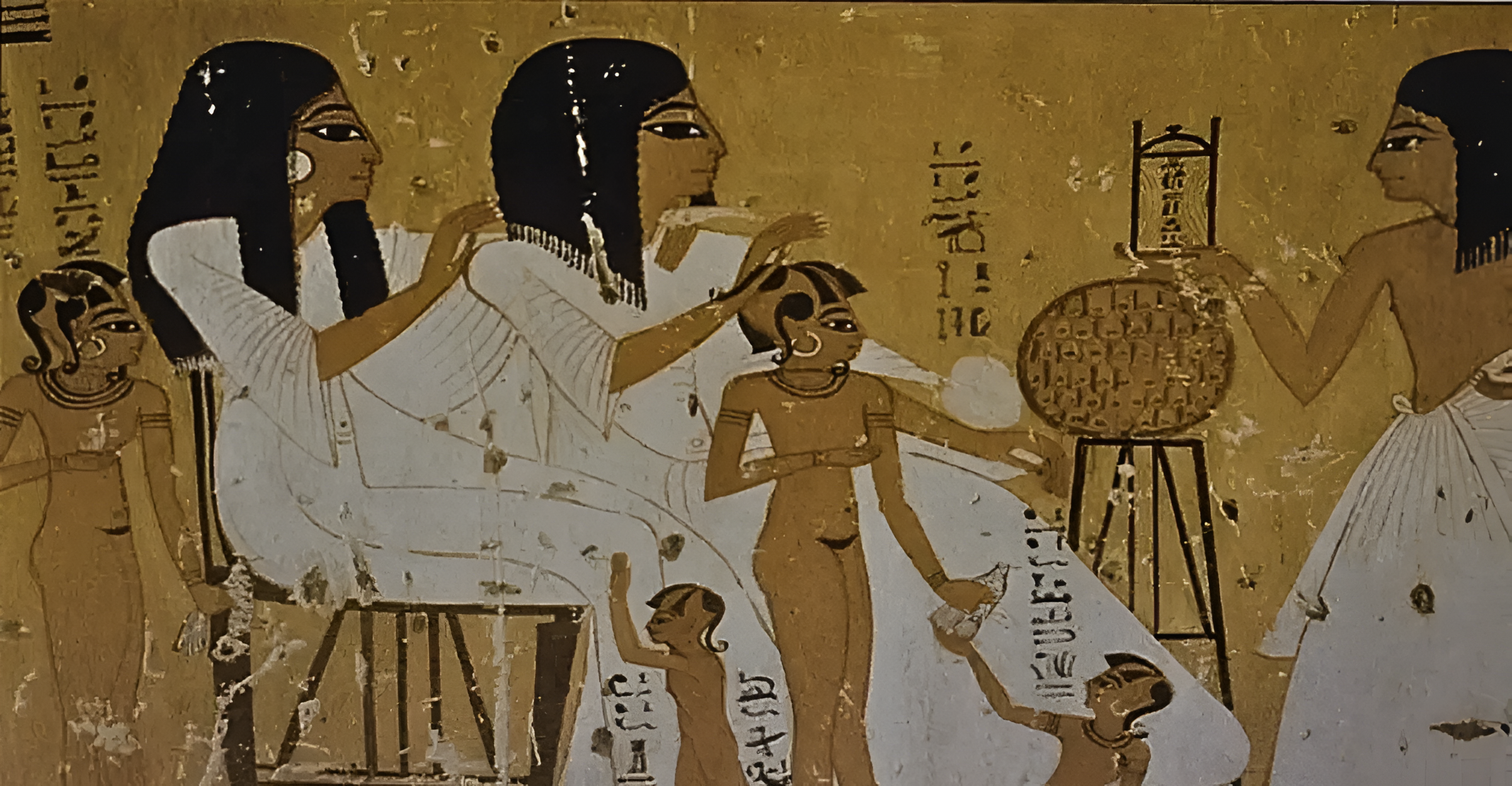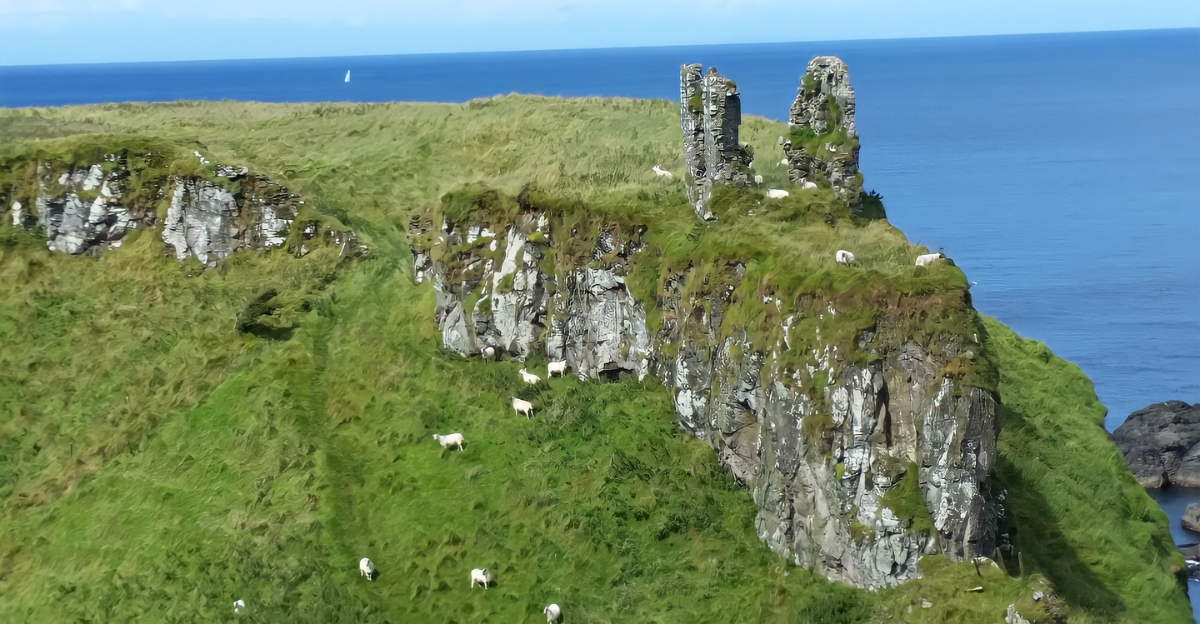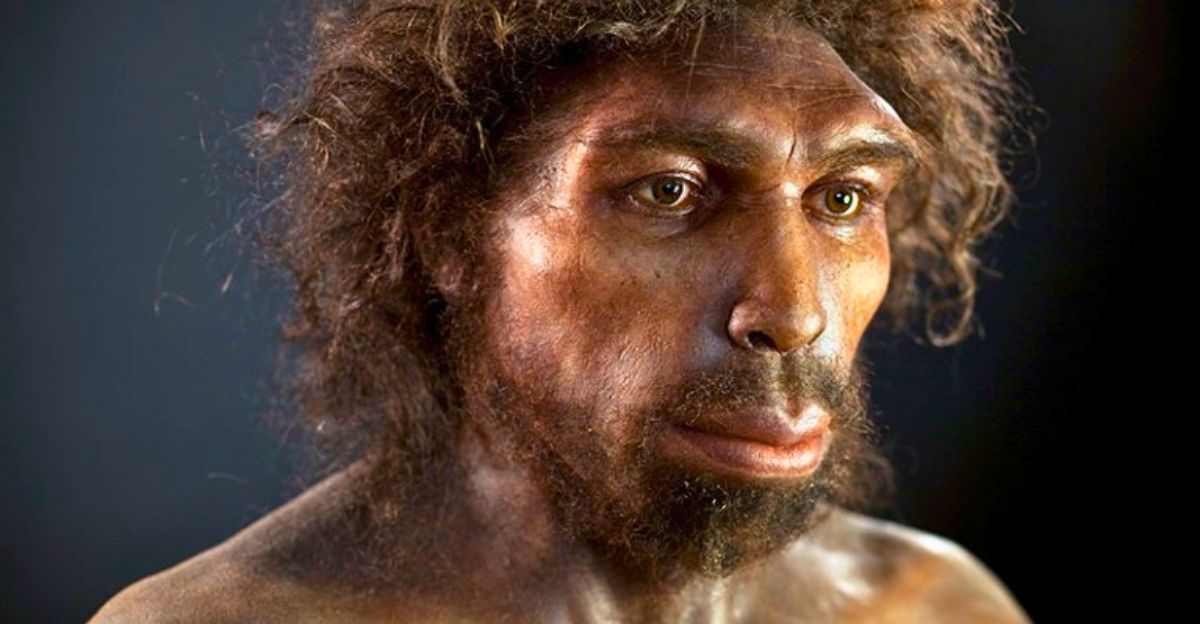
In the highlands north of Bogotá, Colombia, researchers uncovered a startling genetic mystery: a population of early hunter-gatherers living 6,000 years agoleft no genetic descendants.
This “ghost” population, found on the Altiplano Cundiboyacense, represents a basal lineage that unique to South America, distinct from other ancient or modern groups.
Their complete genetic disappearance is highly unusual for the continent, suggesting a dramatic population replacement evnt that erased their genetic legacy around 2,000 years ago.
Unearthing Ancient DNA: A Scientific Breakthrough
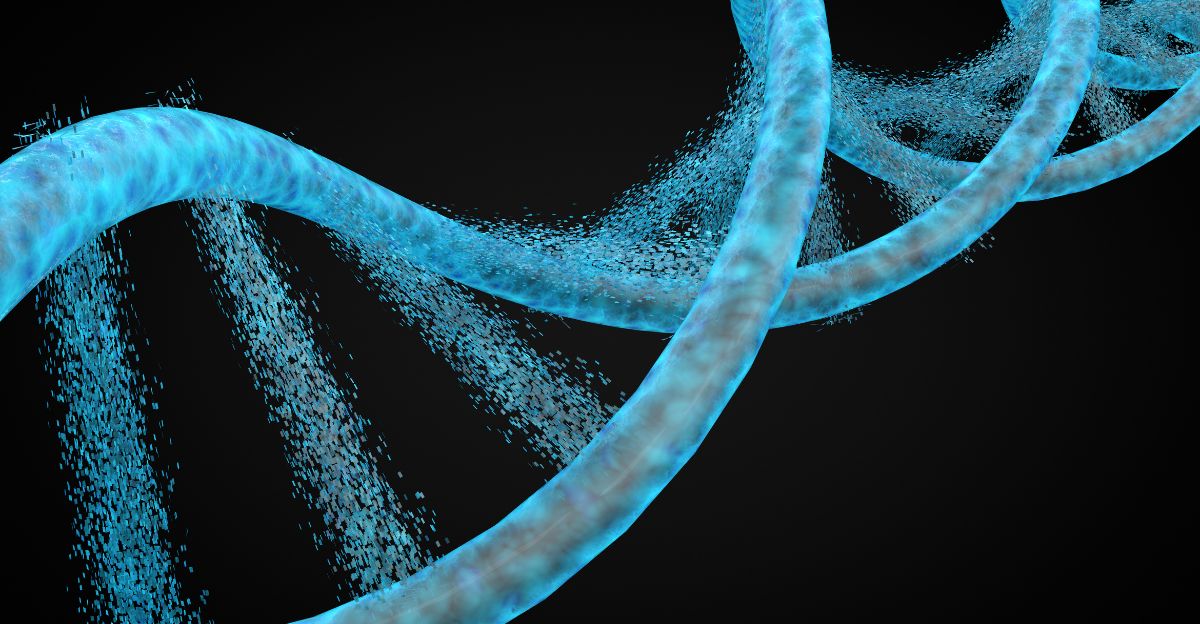
The discovery was made possible by advanced DNA recovery techniques. Scientists were able to extract DNA from petrous part of the temporal bone and teeth of seven preceramic hunter-gatherers.
Usingchemical digestion, silica purification and high-throughput sequencing, they ensured the authenticity of the ancient genomes free from modern contamination.
This technical achievement enabled the scientists to reconstruct genomes from tiny, degraded samples, revealing new details into prehistoric human history in the Americas.
A Unique Genetic Branch in the Americas
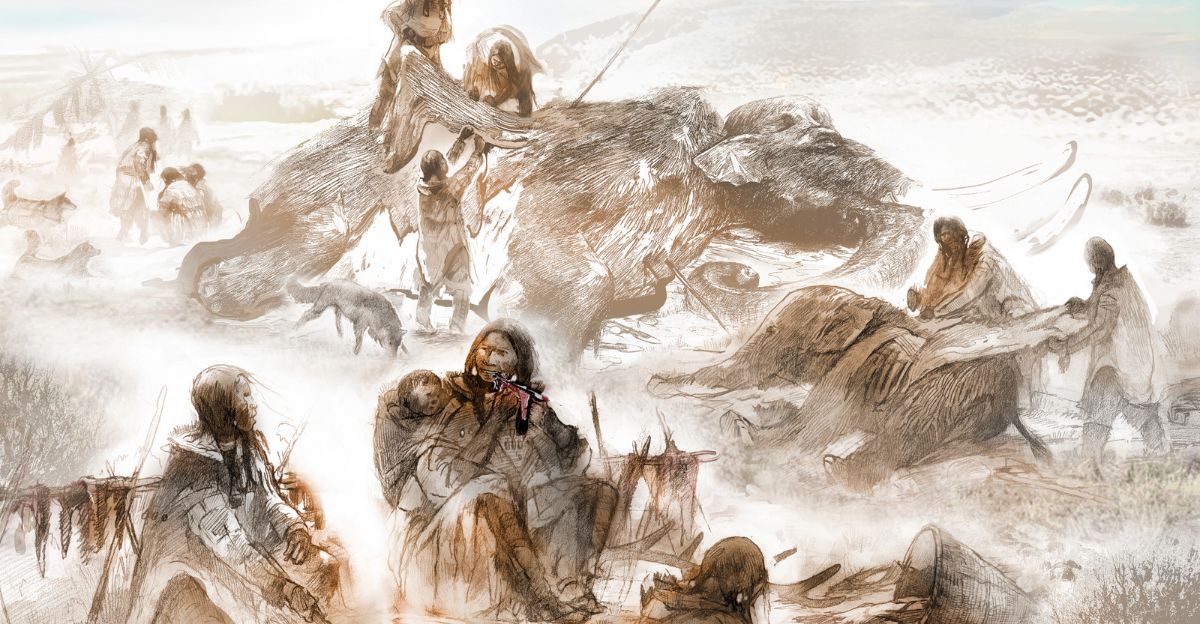
Genetic analysis revealed that these early Colombians belonged to a previously unknown branch of human lineage in South America. This population was distinct from the Clovis-linked Anzick-1 genome from North America or the California Channel Islands ancestry.
Their unique genetic signature defines a basal lineage that vanished by 2,000 years ago. underscoring how diverse and complex the early inhabitants of the Americas truly was
The Dramatic Population Replacement

Around 2,000 years ago, a new population migrated into the region from the north, genetically linked to Central America. This group, associated with the Herrera ceramic complex, and introduced advanced ceramics and maize farming.
Their genetics link most closely to Chibchan language speakers, who are indigenous to areas of Central America and Colombia that also hosts some tribes today. This migration erased the genetic legacy of the earlier hunter-gatherers, marking a profound demographic shift.
Continuity Amid Cultural Change

Following the replacemnt, the region experienced over 1,500 years of genetic continuity despite evolving cultures, from Herrera to the sophisticated Muisca civilization known for social com plexity and agriculture.
Their continuity persisted until European contact om the 16th century, illustrating how population genetics and cultural transformations can follow different trajectories in human history.
Genomics Meets Archaeology

With principal components analysis and f-statistics, the researchers compared these ancient genomes with those from global references, confirming the genetic distinctiveness of the preceramic group.
Uniparental markers such as mitochondrial DNA and Y-chromosome haplogroups further enriched the narrative, revealing small, isolated groups witrh minimal inbreeding.
All male samples belonged to haplogroup Q1b1a, common among Native Americans, but with distinct subclades, highlighting the population’s isolation.
Challenging Previous Models of Cultural Innovation
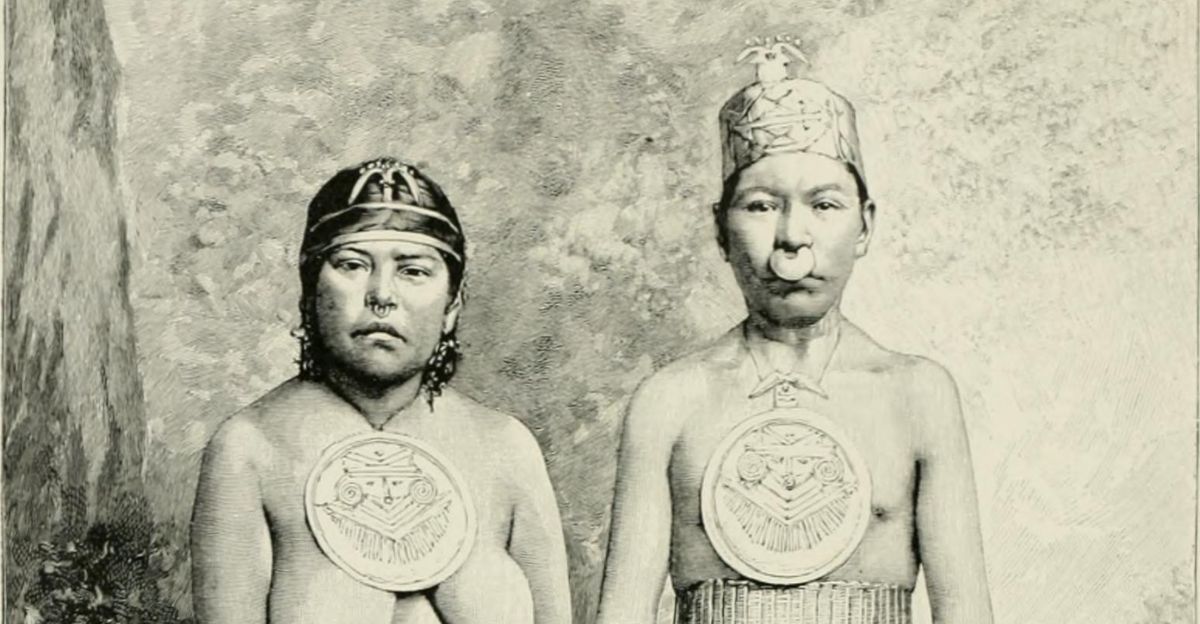
This genetic evidence contradicts previous theories that cultural innovations like pottery, occurred locally with no migration. Instead, it supports a massive migration from modern Panama and Costa Rica, which brings Chibchan-related heritage to Colombia.
This migration is also consistent with linguistic findings as Chibchan languages are most concentrated in Central America, indicating a deep and ancient homeland in this region.
The Enigma of the Original Hunter-Gatherers’ Fate
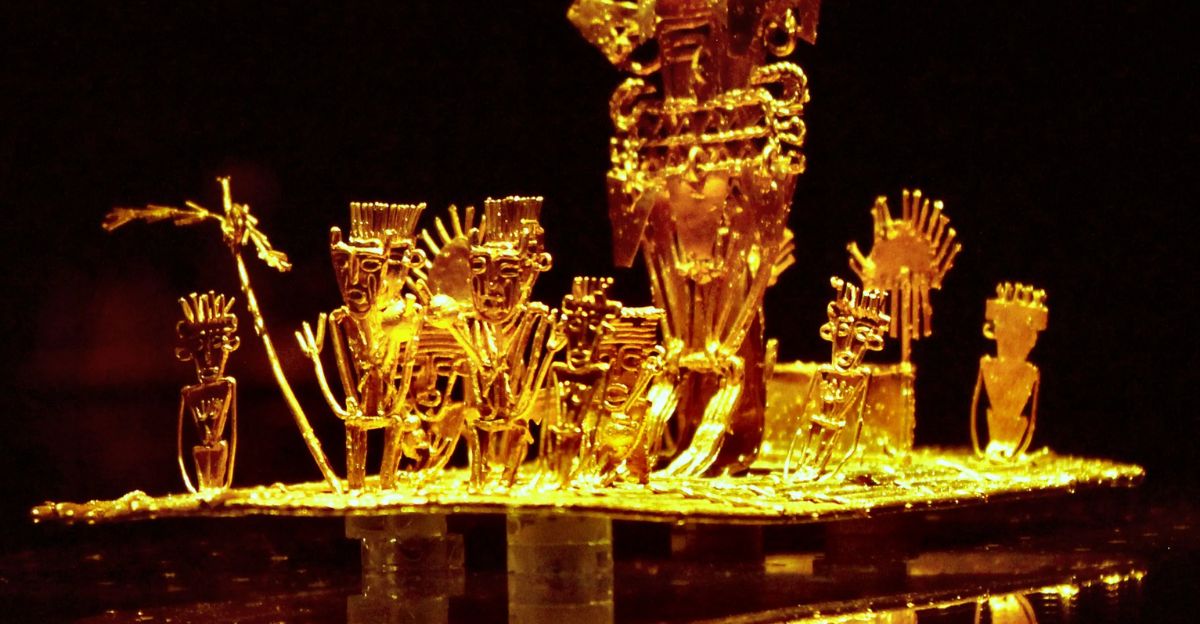
The reasons behind the disappearance of the original population remain unknown. Possible explanations include disease, warfare or gradual assimilation by incoming groups.
However, researchers avoid “speculation,” and insist that more research is necessary. The contrast between this population’s extinction and the genetic continuity reported in other parts of South America reflects the complexity of human history in the region.
Implications for Understanding the Inhabitants of the Americas
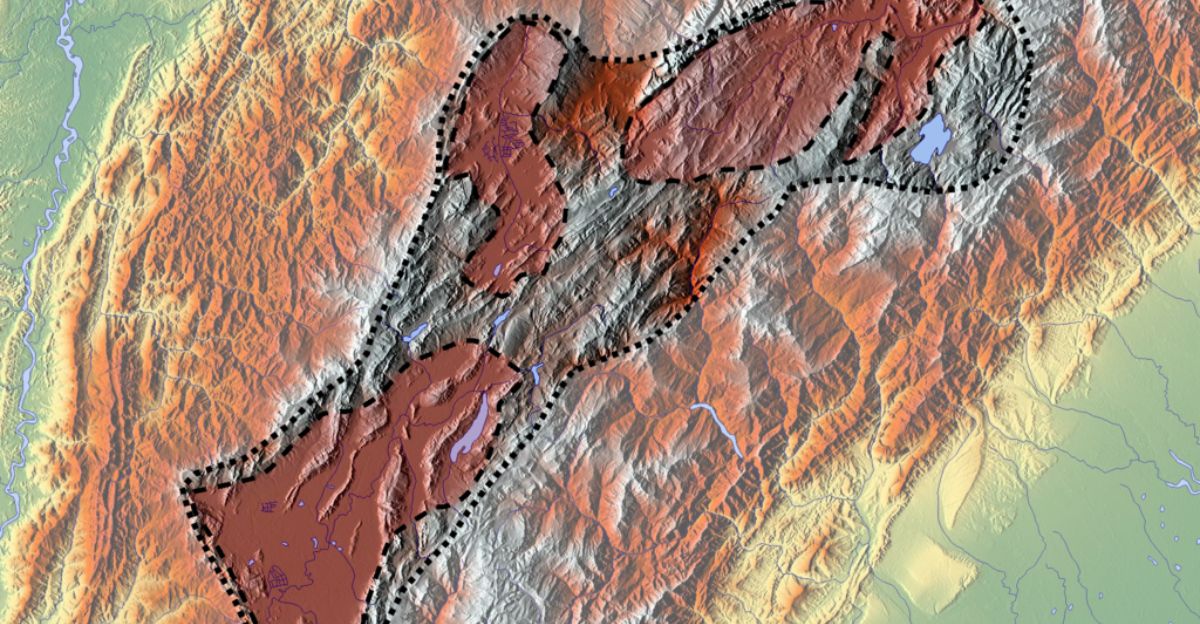
This study fills a crucial gap in our understanding of how the Americas were populated. It reveals that the Altiplano Cundiboyacense was much more than a migration corridor, but a stage for a dramatic demographic transformation.
The findings highlight the power of ancient DNA to rewrite human history, revealing how populations rose, fell, and intermingled over millennia in ways previously invisible.
A New Chapter in Human History Unfolds
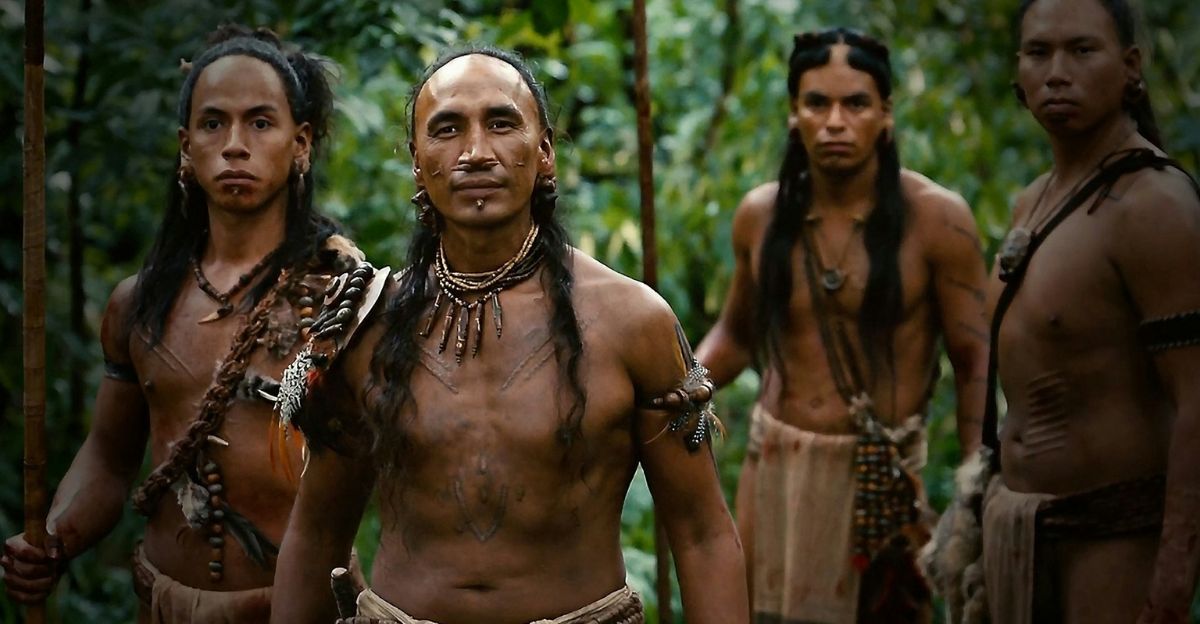
The discovery of this lost population changes our view of prehistoric Colombia and the Americas. It emphasizes the dynamic nature of human settlement and cultural exchange, driven by migration and innovation.
As ancient genomics advances, further such insights are likely to follow, deepening our understanding of the complex history of humanity and the forces that shaped it.

